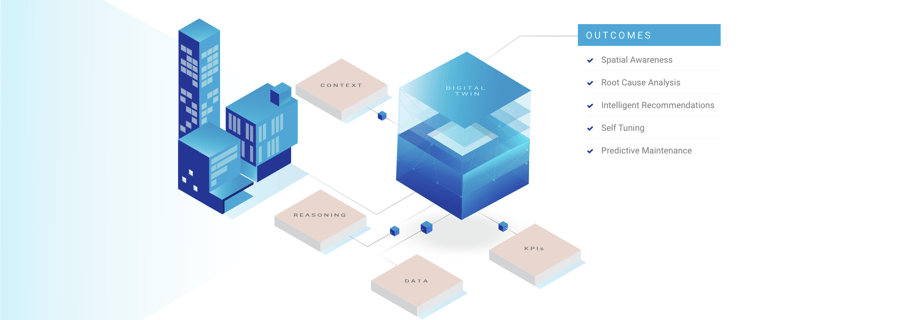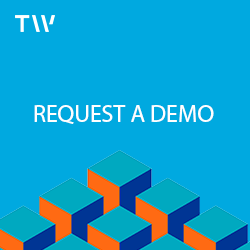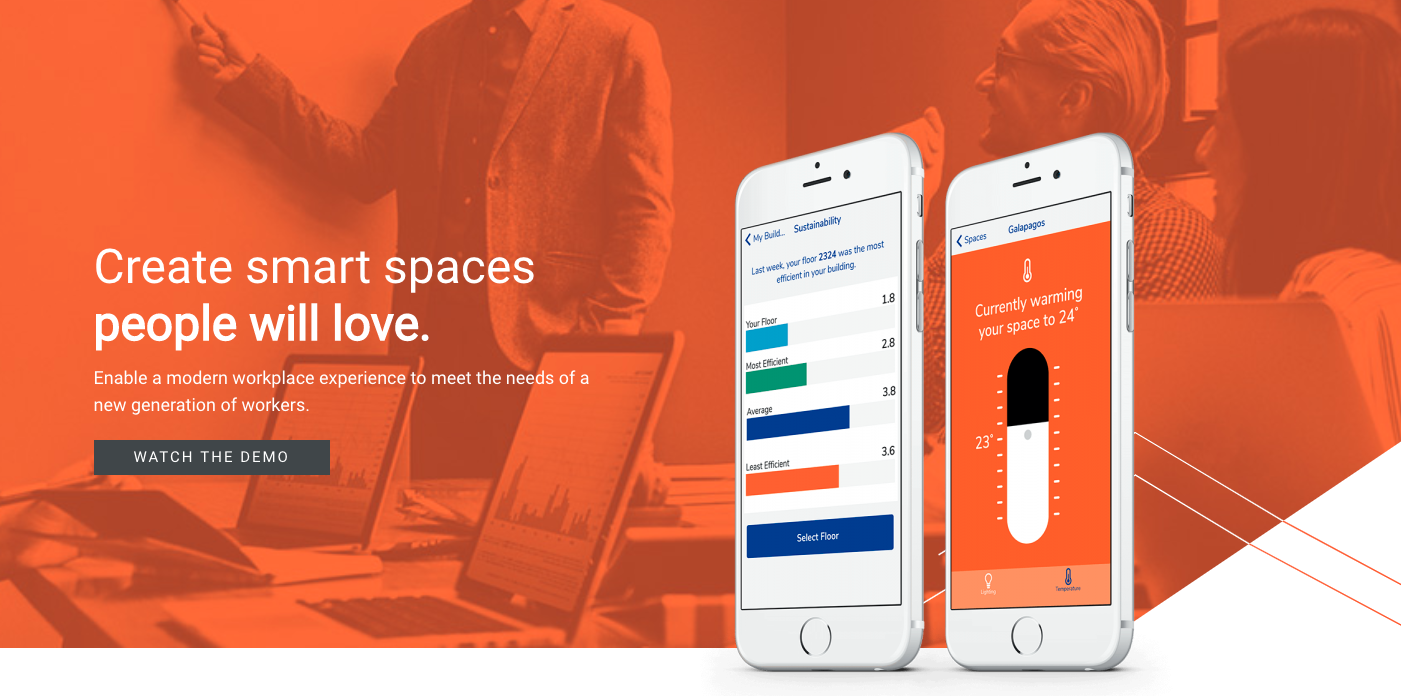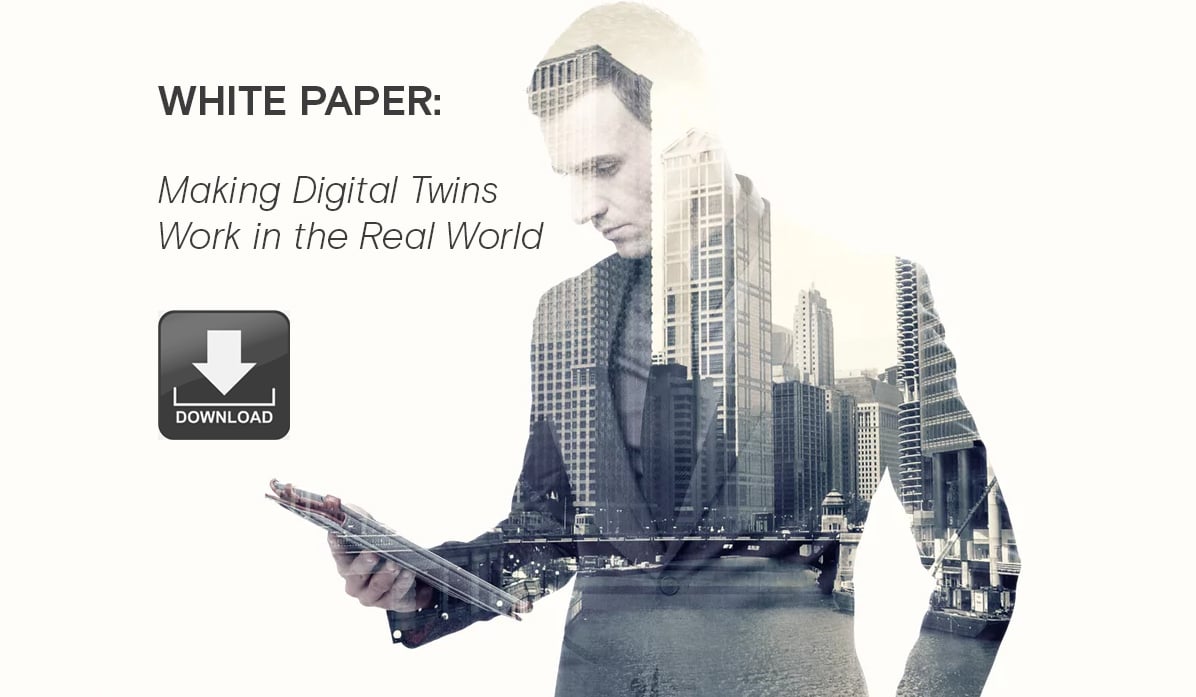“The most valuable asset of a 21st-century institution (whether business or nonbusiness) will be its knowledge workers and their productivity.” ~Peter Drucker, 1999
Twenty years ago, Peter Drucker wrote a seminal article for Berkeley’s California Management Review that set forth a challenge for modern business managers. Drucker, a management consultant and author who shaped the foundation of today’s business corporation, posited that unlike the 20th century, which saw a dramatic increase in productivity from manual workers, modern business managers must focus on increasing the productivity of knowledge workers in order to achieve business success. He went on to say that, “the most valuable asset of a 21st-century institution (whether business or nonbusiness) will be its knowledge workers and their productivity.”
Fast forward twenty years. What does Drucker’s theory look like today? Have we achieved the working conditions necessary to increase productivity? Furthermore, could smart buildings play a role in creating the ideal environment to foster productivity amongst knowledge workers?
Before we get to that, let’s take a step back and look closer at what Drucker said about knowledge workers and productivity.
Drucker’s Principles for Increasing Productivity
In order to increase the productivity of knowledge workers, Drucker set out several principles. These principles include, most notably: that knowledge workers must have autonomy, that they must contribute to innovation on an ongoing basis, and that they must be treated as an asset (as opposed to a cost), making them want to work for the organization.
In addition, Drucker saw it as the knowledge worker’s responsibility to define their tasks--what they should be doing, what they’re expected to contribute, and what gets in their way of completing a task--in order to achieve the intended outcomes. He also saw it as the responsibility of management to structure organizations in a way that protects the knowledge worker’s time and helps them focus on the tasks that matter most.
Drucker provides several examples illustrating his viewpoint, saying:
A major crisis in a hospital, such as when a patient suddenly goes into coma, does of course control the nurse’s task and programs her; but otherwise, it is largely the nurse’s decision whether to spend time at the patient bed or whether to spend time filling out papers. Engineers are constantly being pulled off their task by having to write a report or rewrite it, by being asked to attend a meeting, and so on.
Perhaps most importantly, Drucker says that to actualize these principles and improve productivity, there needs to be a shift in attitude amongst both management and knowledge workers. In fact, he says, “the ability of organizations...to survive will come to depend on their ‘comparative advantage’ in making the knowledge worker more productive. The ability to attract and hold the best of the knowledge workers is the first and most fundamental precondition.”
Thinking about that final point, could smart buildings be used as a comparative advantage, contributing not only to improving knowledge workers’ productivity, but also to attracting and retaining them?
Can Smart Buildings Help Improve Productivity?
To answer this question, let’s first take stock of where we’re at. In 2019, have we made advances on Drucker’s challenge? Are knowledge workers consistently empowered to have autonomy, contribute to innovation, feel valued, and define their tasks without being distracted by manual, time consuming tasks?
In some regards, we’re making advancements towards Drucker’s ideal state--and the technology certainly exists to get there. For instance, there are all sorts of apps and tools that have emerged in the past two decades that make us more productive, autonomous and innovative--online banking apps, Uber, home automation apps.
However, most of these apps exist only in our personal lives. When we step into the office, things tend to “go dark” for 8-10 hours a day. The easy, seamless interconnectedness we enjoy in our home life is shed and replaced by conventional processes inside a traditional office building.
This is compounded by other roadblocks, like:
- Most employees are still bogged down by tasks that distract them from their central purpose.
- Organizations struggle to give employees true autonomy--demonstrated by often-tumultuous relationships with “work from home” policies.
- Continuous innovation is a challenge, especially when companies lack centralized access to the right real-time data or processes that enable iteration.
- Many organizations are still looking for the right mix of office amenities, wellness programs and smart working environments to keep employees happier for longer.
If we remain status quo with our office buildings, it’s difficult to imagine how we can move towards the ideal state that Drucker described. On the other hand, if we introduce smart buildings to the mix, it becomes easier to see that a new era of work is entirely possible. Smart buildings offer technology solutions for many of the roadblocks we currently face, including offering a means of increasing worker productivity and attracting and retaining top workers.
What Smart Buildings Offer
At ThoughtWire, we provide solutions that transform CRE buildings into smart, frictionless environments and we’ve seen some truly transformative examples of companies leveraging smart technology to move towards the ideal state that Drucker described.
Things like connectedness, automation and real-time optimizations can fundamentally shift how an employee experiences their day to day life in an office building. This can have a big impact on productivity and it can help companies scoop up--and keep--top talent.
For instance, smart buildings:
- Give employees the ability to “step out of the dark” and control their environment, whether that means booking meeting rooms easily, ordering services on demand or making a maintenance request quickly--all through an app on their phones.
- Bring together connected or connectable devices to optimize people, processes, and things--allowing workers to focus on the tasks they’ve defined as most important to the overall success of the business.
- Enable new kinds of collaboration, innovation and ways of working by providing the right supports needed to connect people to each other and to data, things and processes.
- Improve the overall employee experience by creating smarter, healthier and more flexible and responsive workspaces.
When smart building technology is leveraged, the path to a new era of work becomes clearer.
And, when knowledge workers are empowered to do what they do best--and motivated to stick around--everyone wins.
In 2020, how does your organization stack up? What is your business or CRE building doing to improve productivity in the era of the knowledge worker? Schedule a demo to see how ThoughtWire's Smart Building Suite of applications can help improve your workplace experience.








